The Art of Techno Producer Mike Parker
Mike Parker only draws from live nudes, a practice he adapted when he was studying visual arts at Carnegie Mellon University.
This approach to making art, a fixation on creating something live, later shaped the way Parker would approach his unique brand of hypnotic techno. Over the past 18 years, he has explored this distinct sound with numerous releases on his own label, Geophone.
Parker now teaches Fine Art at Daemen College in Buffalo. He also works on his own visual art, which frequently over the years has been used as artwork for records on Geophone, the German label Prologue and various other imprints. We caught up with Parker to talk about screen printing, techno, and Godzilla.

What is the first vinyl artwork you did?
I made a logo for my label, and I decided that I wanted the logo to be very simple and abstract. In some record shops they might display the record with the opening of the sleeve on the side, but some record shops like the opening to be on the top. So I figured if I made a very abstract design that kind of centered around the inner part, it would still look similar in any direction. I like the logo and I still use it occasionally. But once the label was established, I got tired of just doing the same thing.
How many records did you do with that logo?
The first seven.
And how did you make the logo exactly?
I drew it out.
With a pen?
Yeah, actually, this is before I had access to a computer, this really goes back. From that point I wanted to make each release something different.
When you say printing, what does that mean? You didn’t have access to a computer and you drew it by hand. How did you get that on the sleeve?
It is a photographic process of screen printing: the process of transferring ink onto a surface using a stencil that is mounted on fabric. It is the same process they use to print on t-shirts and things. The fancy word for it is serigraphy. If you watch this video, you will totally get how it works. I teach this at the university as well.
So anyway, I wanted to start printing the artwork and these things are printed by hand, each one of them. I don’t know how many thousands I have printed over the years now, because there have been 21 releases.
And what do you do, 300 or 400 each?
Yeah, sometimes about 500. It depends. Some of the early ones are kind of rare now, because I maybe only did 300. Now it is about 500.
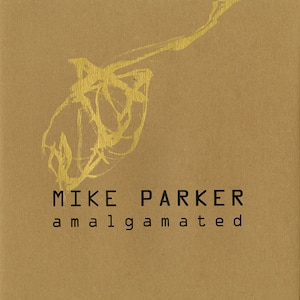
From Geophone release number eight, Amalgamated, you started developing unique artwork?
Yeah.
What did that one look like?
It has multiple colors on it, it is a lot of work. You have to wait for each color to dry and then you go back and print the other one, yeah, I think I was insane.
How much time would this take?
I could print one color in an afternoon. Several hours for each color, I would say.
So the actual drawings on here – when did you do them?
It is really hard to say, I have been drawing for many years and I have an archive with hundreds of drawings. Sometimes I use recent ones, sometimes I use older ones. It goes back far now. I am 48 and I have been drawing forever.
I have definitely seen work of yours that is more detailed than the ones on the Geophone artwork. Is Amalgamated a nude, or could it be something else?
No, they are all nudes.
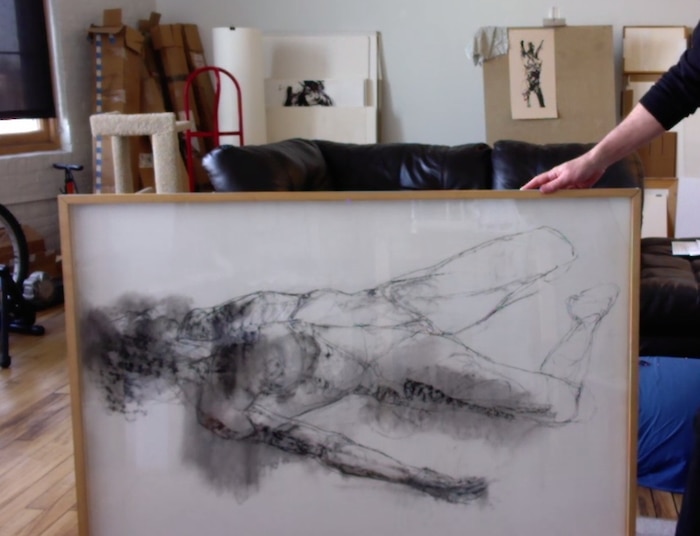
This one is pretty large, so for a session like this, it’s a few hours work. Before I do the large works, I start with these little drawings and I use this black ink. This is Japanese calligraphy ink called sumi ink, which has a rich deep velvety black character. I make them really quickly, maybe 30 seconds. It is kind of a way of preparing for the more complex work later, and it gets me in tune for working with the live model. Again: It is very, very important, that everything is done from life. I never use photographs. Just like my music, every single track I have ever made is recorded live. I don’t use multi tracking, I don’t use a computer, I don’t use the drag and cut/paste, every single track is performed live into a mixer and that is it.
Why is that so important?
Because it is way more interesting.
For whom?
For me. Copying a photograph is completely static, it is totally boring. I don’t like to work from static things, I like to work with the model, talk with them. I might have an idea and then after working with the model, I change my mind and I will say: “Turn this way.”
When did you realize that this was the way you prefer to work?
As an undergraduate at Carnegie Mellon, so that would be mid-’80s.
Do you remember what process made you come to that conclusion?
I had some really good drawing and painting instructors, and they introduced that to me. Now I teach it that way to my own students. I teach figure drawing and we work with a live model. It is not unique. It is a traditional technique, a traditional practice, and my work is fairly traditional actually. I am influenced by a lot of things, but I am a big fan of the Renaissance. Leonardo, Michelangelo.
Is this something that happened to you while studying, that you became a fan of the classics?
Oh, I think I was a fan from early on. I remember as a child, my parents gave me a book on Leonardo.
How old were you then?
Really young. Probably seven years old, or something. Then, of course, I became really influenced by stuff in pop culture, particularly science fiction movies – the kind of thing you might hear in my music as well.
What kind of science fiction movies?
The one I cite a lot because it has the electronic music soundtrack is Forbidden Planet. That soundtrack still sounds amazing today, and it is more than half a century old, which is incredible to me. It is a milestone and it is a very good movie as well.
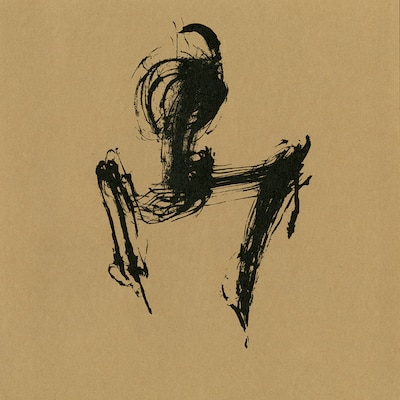
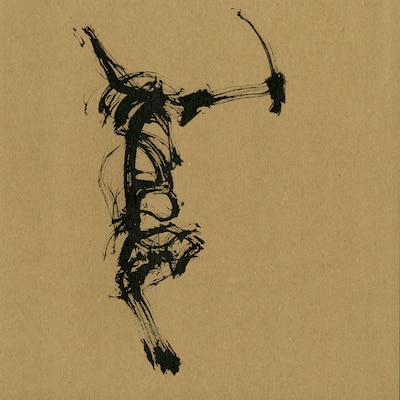
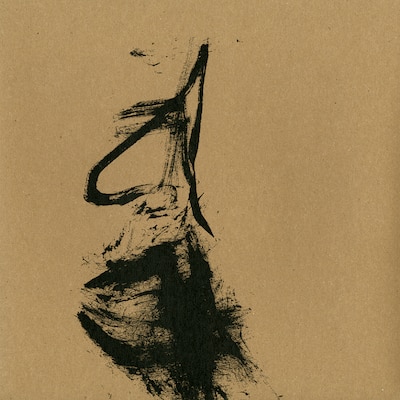
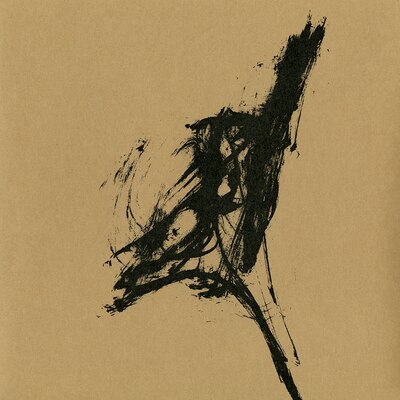
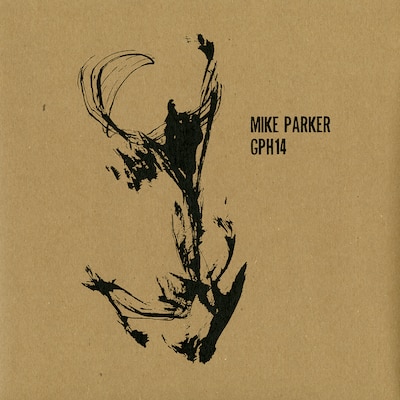
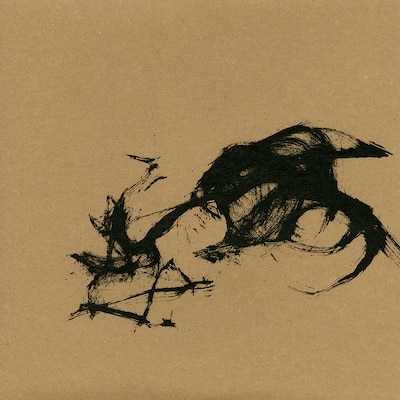
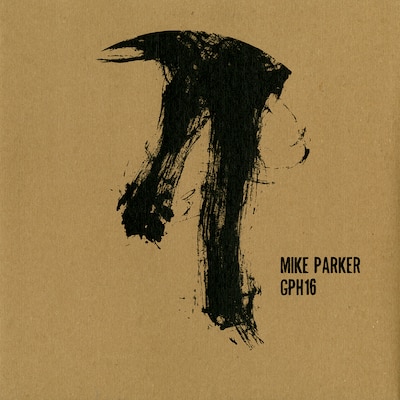
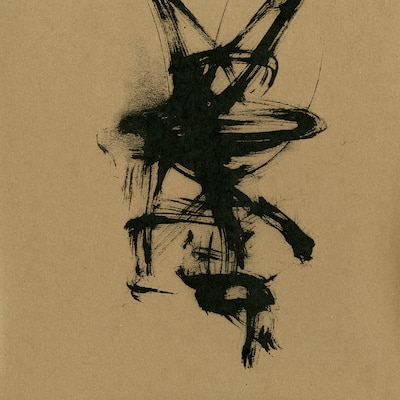

You said you got the Leonardo book when you were seven. Were you also making a lot of art when you were that young?
Yeah, I’ve been drawing for as long as I can remember.
What would you draw back then?
[laughs] Well, you know, kid’s stuff. Like dinosaurs.
On that note, I was looking on your Facebook profile and a lot of Godzilla comes up.
Yeah, that was another. I have an interest in Japanese pop culture because that stuff really influenced me as a kid. When I was a child, Godzilla movies and Ultraman were often shown on TV.
Do you remember watching that stuff as a kid, and how did it make you feel?
I can remember as a child being really captivated by these films. Not just the visual style of them, but also the music.
A lot has been written about the Japanese studio that made those movies during the period from the ’50s through the ’70s. They are called TOHO and they are still making Godzilla movies today. A lot of artistry went into those movies, and the music was often done by the composer Akira Ifukabe. I can remember as a child being really captivated by these films. Not just the visual style of them, but also the music. At one point, the movies sort of turned toward appealing mostly to children. Depending on your point of view, it may be embarrassing to admit that you like movies that were basically made for children. But there is more going on. There is an aesthetic and a certain look to the movies that I like very much.
What kind of look?
For most of the series, it would be an actor in a costume and they would work with miniatures. I believe the process involved filming at high speed, so when it is played back at normal speed it looks like the actors are moving slower and have more mass. So it makes them look bigger than life. The TOHO studio was very good at this technique. I highly recommend the blog of August Ragone, who wrote an excellent book regarding the golden age of Godzilla movies.
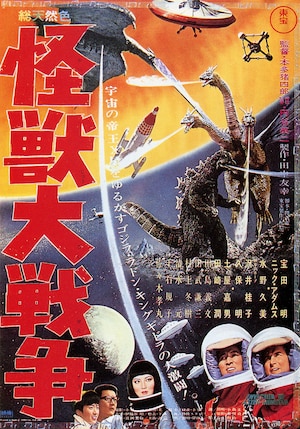
Do you remember your favorite?
Oh sure, [laughs] Invasion of Astro-Monster.
Why did you love this?
Everything about it. The pacing, the music, the sound effects.
How is it different than the other ones?
It is a little bit different because it has more of a science fiction angle to it. Some of the other Godzilla films are more grounded in sort of mythological themes – like ancient earthly monster themes. This one had aliens.
You already talked about how going to school changed the way you work, but how did becoming a teacher change you as an artist?
Sometimes my students inspire me, which is how it is supposed to be. You want to be inspired by your environment. That is part of the reason why I continue to teach. So yeah, I am inspired by what my students do and how they solve problems. And teaching art is a good way to be involved in a creative community on a day-to-day basis. If you are on your own, you have to seek it out yourself.
How many years have you actually been teaching?
Since 1997, 18 years.
If we return to the artwork, do you change the size of your drawings to fit the vinyl sleeve?
Yeah, sometimes I would. Hang on a second. [Parker leaves the room for a few minutes and comes back with a digital camera that he plugs in to the computer] It’s so much easier to show you:
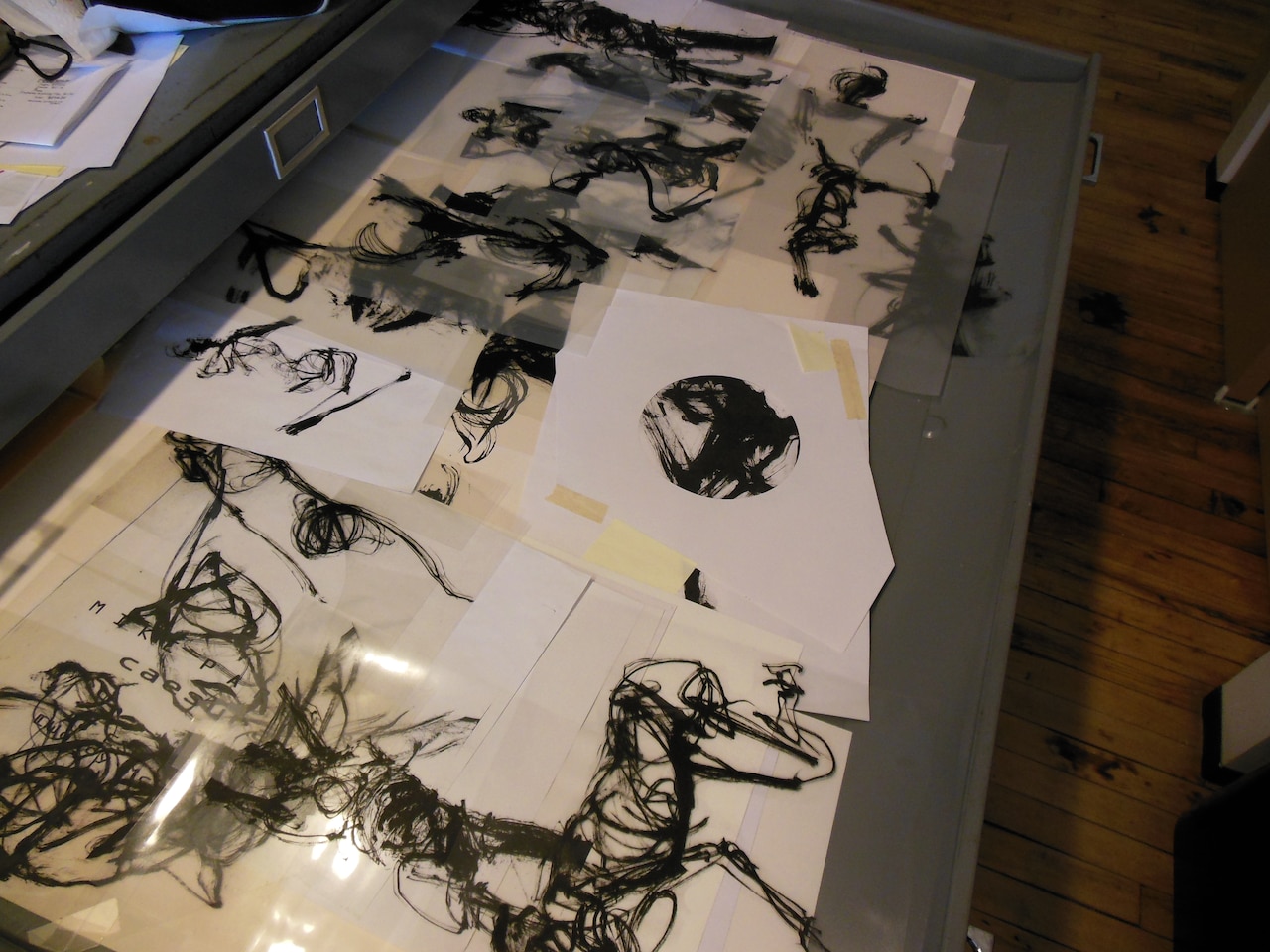
You can see some of the original drawings and some of the film positives for creating the screens.
The see-through ones you use to make the...
To make the stencils, yes. Those are films. The ones on paper, they are the original size, they are kind of small.
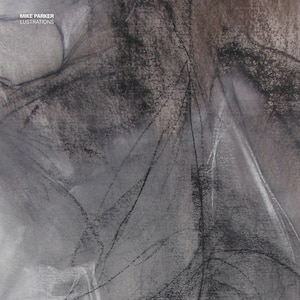
The artwork you did for your album Lustrations on Prologue was cut out of a charcoal drawing, right? Who was modeling?
One of our models at the university. She has been with us for a long time and I really enjoy working with her.
What characterizes someone as good at modeling nude?
For example, the model you see in the Prologue images practices yoga, and a person who does yoga has the ability to be a good model because they can hold a pose and they can do more strenuous things. It is not easy work. People who practice yoga have that discipline where they can move in such a way and pose in such a way that it is conducive to the process of drawing.
Do you have a favorite of the artwork you did?
I did something for the Dutch label Deep Sound Channel recently that I really liked. It’s called Modulation Caves. They printed it on a clear jacket.
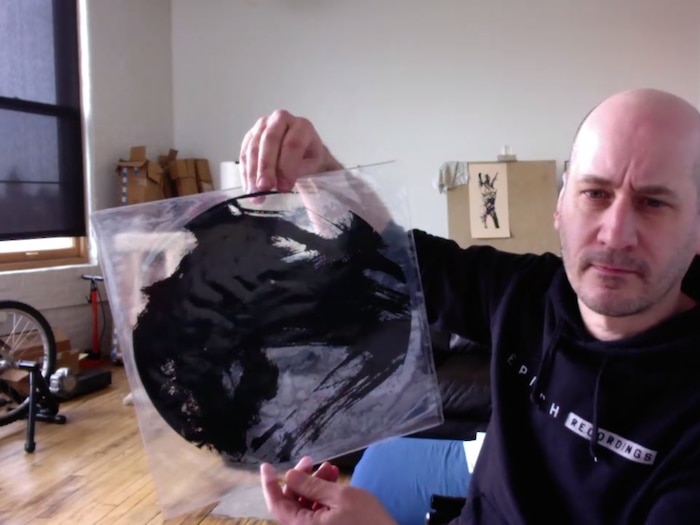
I also did the artwork for the new Hypnus compilation called Zodiac, which I also contributed to with a remix. It just came out a few weeks ago, and I did the artwork for the front cover. They have a logo that looks like a spiral and snake and then they merged it with some of my ink drawing.
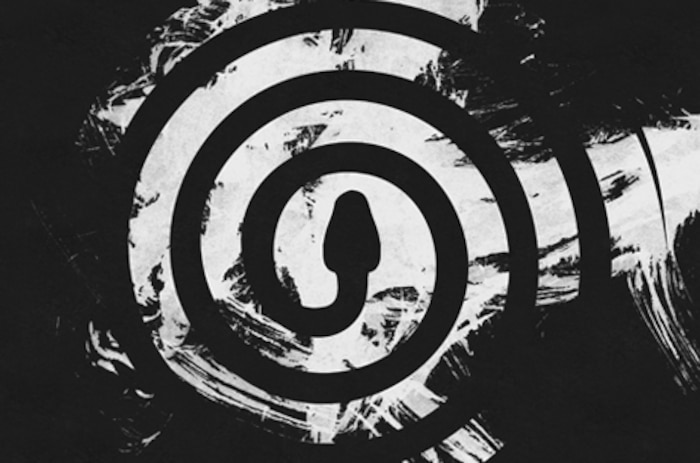
I was wondering, do you ever have pain after screen printing all those Geophone covers by hand?
Yeah, I take Advil. [laughs] It is hard work. But then again, my process is very independent. I‘ve used my knowledge of printmaking to make my label very much about me. Every record is recorded live, it is printed by hand, it is all me. Of course, recently I have started to release music by other artists as well, but it is kind of a homemade thing. You know, you don’t have to spend lots of money on professional printing services. You can do it yourself.

